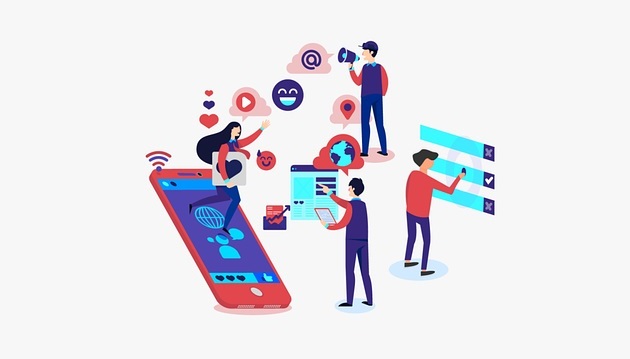
The Evolution of IT and CS
Introduction:
Information Technology (IT) and Computer Science (CS) have become integral parts of our daily lives. Over the past few decades, these fields have witnessed remarkable advancements, transforming the way we live, work, and connect with the world. In this blog, we will delve into the evolution of IT and CS, exploring their journey from 1980 until now.
The Early Days: 1980s
The 1980s were a pivotal time in the development of IT and CS. The personal computer revolution began during this decade, with companies like IBM, Apple, and Commodore introducing accessible and affordable machines to the market. Operating systems like MS-DOS and the graphical user interface (GUI) pioneered by Apple’s Macintosh made computing more user-friendly, unlocking new possibilities for individuals and businesses alike.
The Rise of the Internet: 1990s
The 1990s marked a significant turning point for IT and CS with the advent of the Internet. The World Wide Web, invented by Tim Berners-Lee, brought about a revolution in how we access and share information. The commercialization of the internet, along with the introduction of web browsers like Netscape Navigator and Internet Explorer, opened up immense opportunities for e-commerce, communication, and collaboration. This decade also witnessed the emergence of search engines, paving the way for a new era of information discovery.
Mobile and Wireless Technology: 2000s
The 2000s witnessed the proliferation of mobile technology, altering the landscape of both IT and CS. The introduction of smartphones, led by Apple’s iPhone in 2007, transformed mobile devices into powerful pocket-sized computers. With the rise of mobile operating systems like iOS and Android, individuals gained access to a myriad of applications and services right at their fingertips. Additionally, the development of wireless networks and technologies such as Wi-Fi and 3G/4G revolutionized the way we connect and access information on the go.
The Era of Big Data and Cloud Computing: 2010s
The 2010s marked a significant shift towards harnessing the power of big data and cloud computing. Data became a valuable asset, and companies started leveraging advanced analytics tools to gain insights and make informed decisions. Cloud computing emerged as a game-changer, allowing individuals and businesses to store, manage, and access data remotely. Cloud-based services, including software-as-a-service (SaaS), platform-as-a-service (PaaS), and infrastructure-as-a-service (IaaS), became increasingly popular, enabling scalable and cost-effective solutions.
Artificial Intelligence and Machine Learning: Present and Beyond
As we move into the present and beyond, artificial intelligence (AI) and machine learning (ML) have taken center stage in IT and CS. AI-powered technologies are being integrated into various domains, including healthcare, finance, transportation, and entertainment.